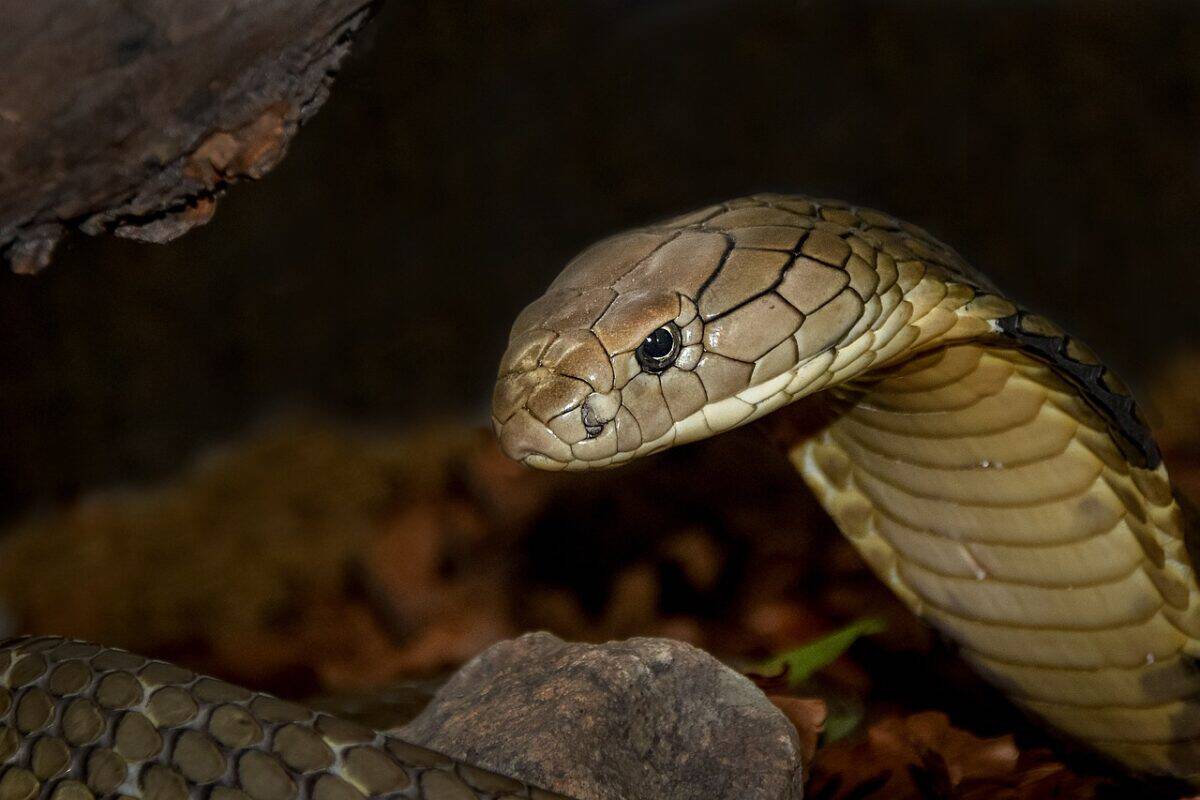Venomous snakes often ignite a mix of fear and fascination. These reptiles, with their unique adaptations, have thrived in a myriad of ecosystems worldwide. However, as environments change due to urbanization, climate shifts, and deforestation, some venomous snakes display remarkable adaptability. This article delves into 13 fascinating species and how they are navigating new environments.
12. Cottonmouths: Navigators of Wetlands

Commonly found in the southeastern United States, Cottonmouths, or water moccasins, have traditionally thrived in wetland areas. Known for their distinctive white-lined mouths, these snakes are adapting to drier regions as wetlands diminish. This shift indicates their flexible habitat preferences, perhaps driven by climate change and development encroaching on their aquatic habitats.
11. Eastern Brown Snake: Thriving in Urban Australia

The Eastern Brown Snake, notorious for its potent venom, is increasingly being spotted in urban Australia. This species exemplifies an ability to exploit human environments, favoring gardens and urban backyards. Their adaptability is evident in their dietary diversity, feasting on rodents that thrive in city landscapes.
10. Gaboon Vipers: Masters of Disguise
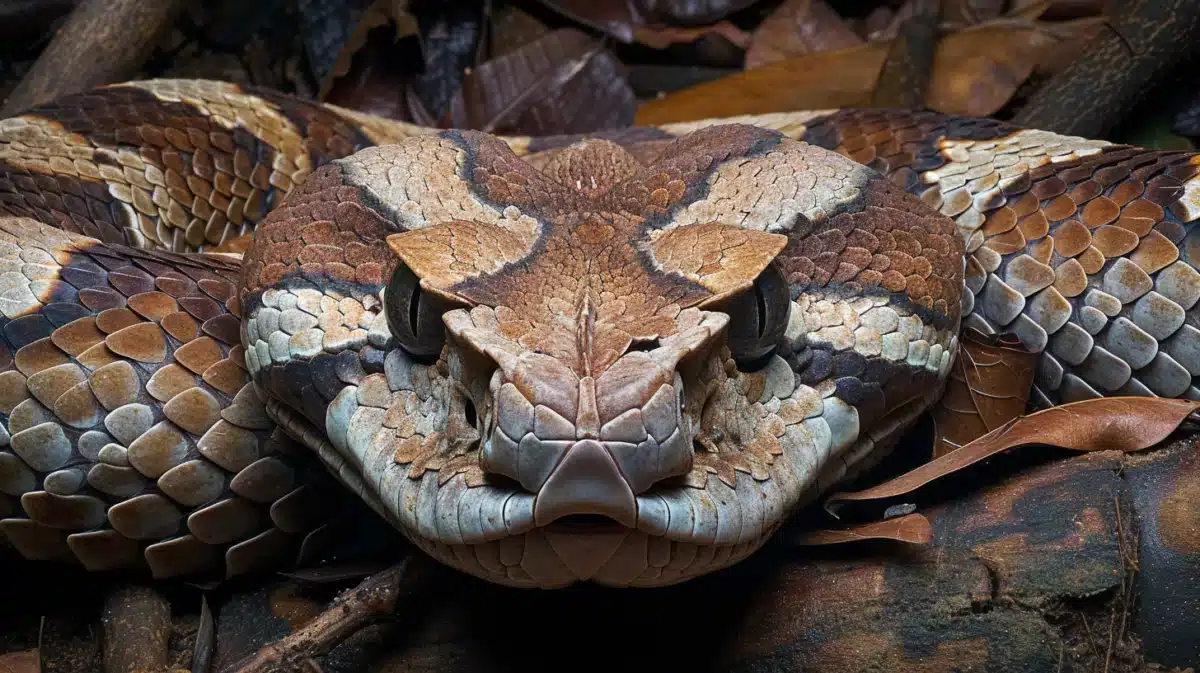
Native to the rainforests of Africa, Gaboon Vipers are known for their extraordinary camouflaging abilities. As deforestation alters their habitats, these vipers are adapting by utilizing agricultural lands and secondary forests. Their impressive coloration allows them to blend seamlessly into these new environments, aiding in their survival.
9. King Cobras: The Forest Wanderers
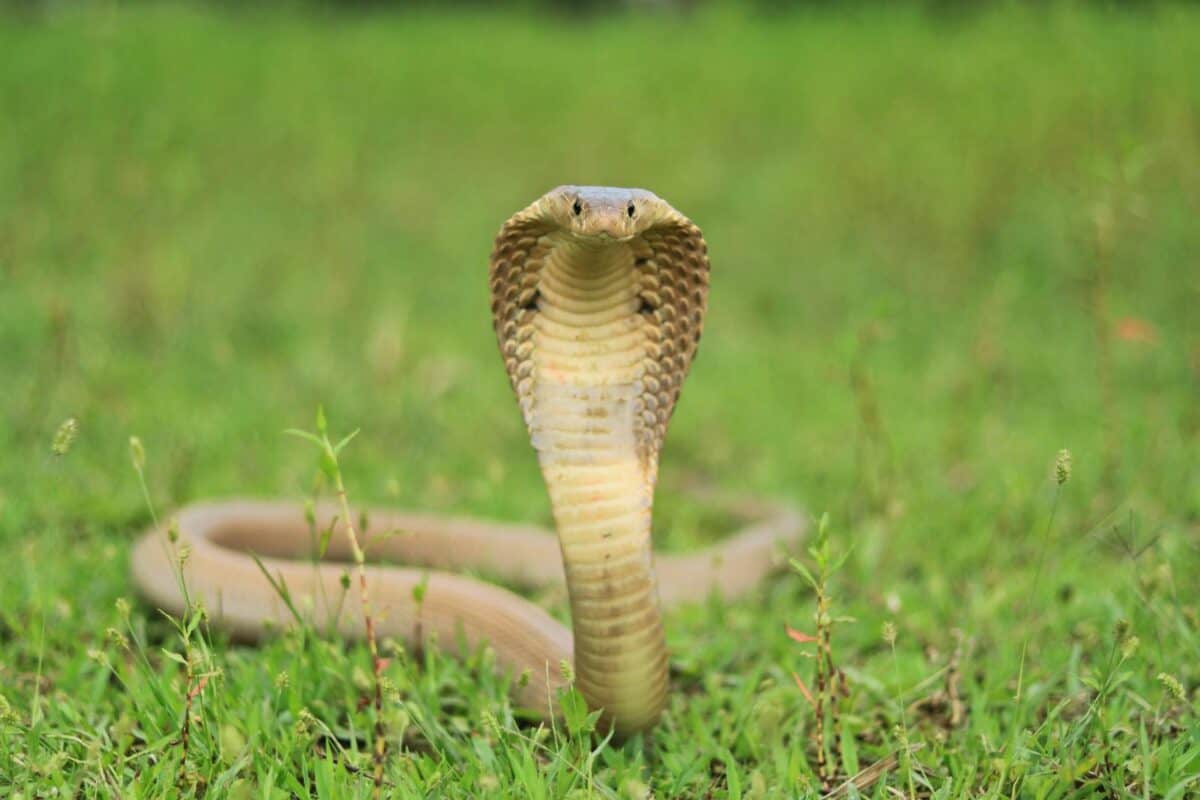
King Cobras, stretching up to 18 feet, are the world’s longest venomous snakes. Originally forest dwellers, they are now venturing into villages and forests edges in India and Southeast Asia. Their adaptability is partly driven by their diverse diet and ability to subsist in areas altered by agriculture.
8. Mojave Rattlesnake: Desert Survivors

The Mojave Rattlesnake, found in arid regions of the southwestern United States, is remarkably adept at surviving in some of the world’s harshest climates. As deserts expand or shift due to climate change, these snakes are adjusting their hunting patterns and possibly even their venom composition to cope with new prey dynamics.
7. Copperheads: Masters of Suburbia

Copperheads are increasingly common in suburban areas across the eastern United States. These snakes showcase impressive resilience, adapting to fragmented forests and even thriving in residential areas by preying on the abundant local rodent populations.
6. Black Mambas: Agile Predators
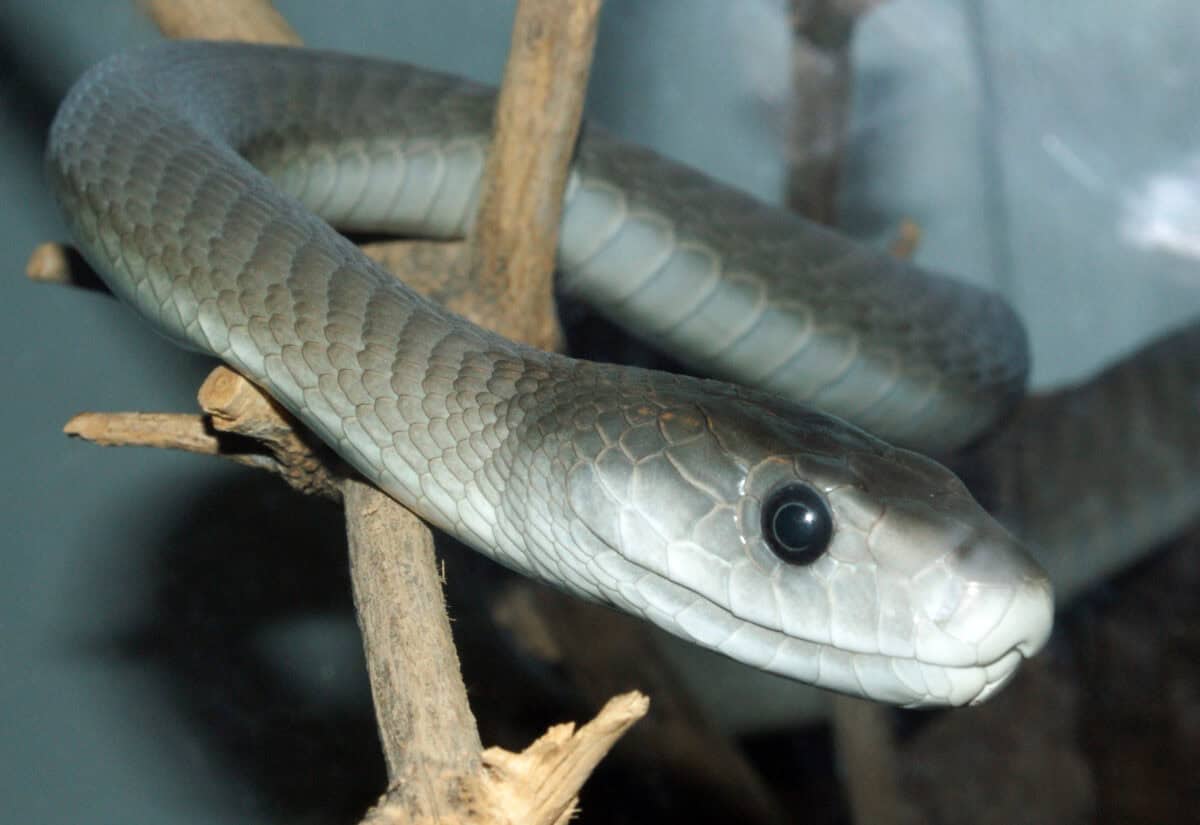
Renowned for their speed and potent venom, Black Mambas primarily inhabit the savannas of southern and eastern Africa. However, as these areas are converted into agricultural land, Black Mambas have been observed adjusting their territories, including venturing into new ecosystems to find food sources.
5. Russell’s Viper: Rural and Urban Conqueror
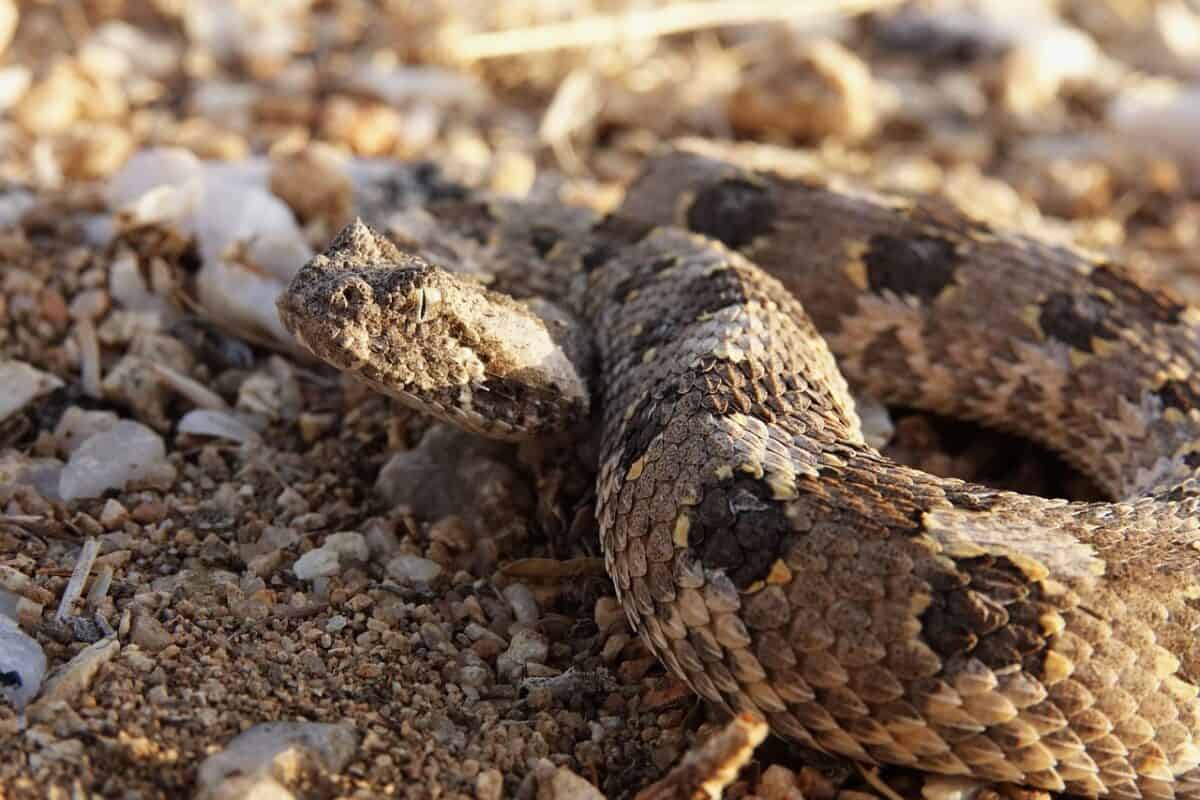
Russell’s Viper is a versatile snake found throughout Asia. Known for their lethal bite, these snakes have moved beyond wilderness areas into farmlands and urban outskirts. They exhibit remarkable dietary flexibility, enabling them to feed on a variety of prey types.
4. Western Diamondback Rattlesnake: Adaptive Opportunists
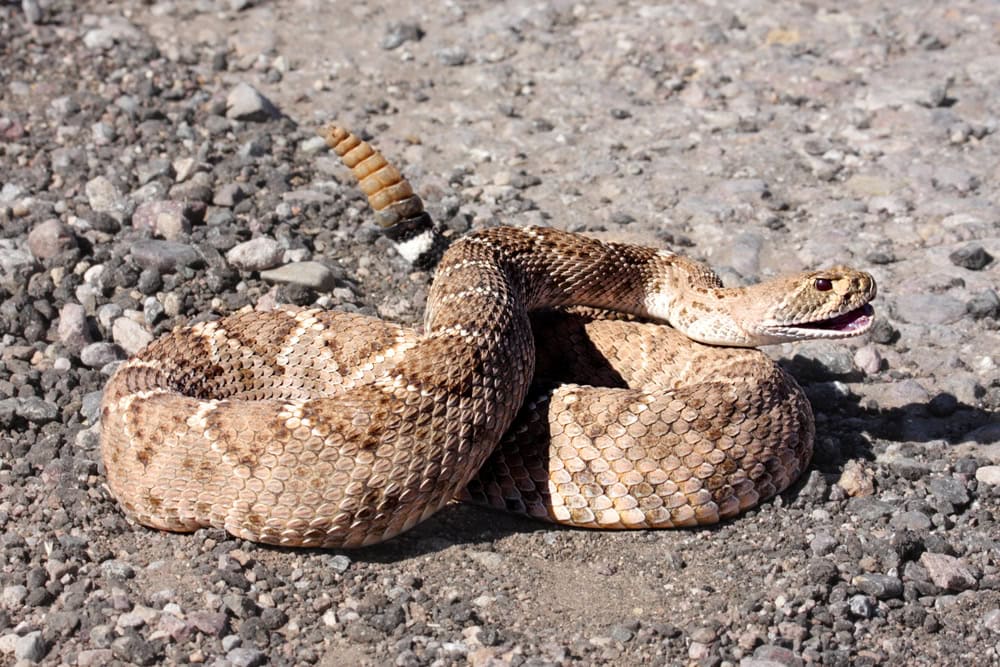
Ranging across the southwestern United States, the Western Diamondback Rattlesnake is known for its adaptability to diverse environments. As human expansion encroaches upon their habitat, these snakes have shown resilience by inhabiting semi-urban areas and making use of available cover.
3. Fer-de-Lance: Jungle Survivors

The Fer-de-Lance, a crucial predator in Central and South American ecosystems, has adapted to various environments from coastal forests to mountainous areas. As jungle habitats are threatened, these snakes adjust by finding refuge in plantations and ecotones.
2. Eyelash Vipers: Colors and Cunning

Known for their vivid colors and defensive behaviors, Eyelash Vipers inhabit Central and South American rainforests. These snakes have adapted to disturbed habitats by exploiting forest edges and ecotones where prey is abundant, demonstrating resilience in the face of deforestation.
1. Indian Cobra: Urban and Rural Survivor
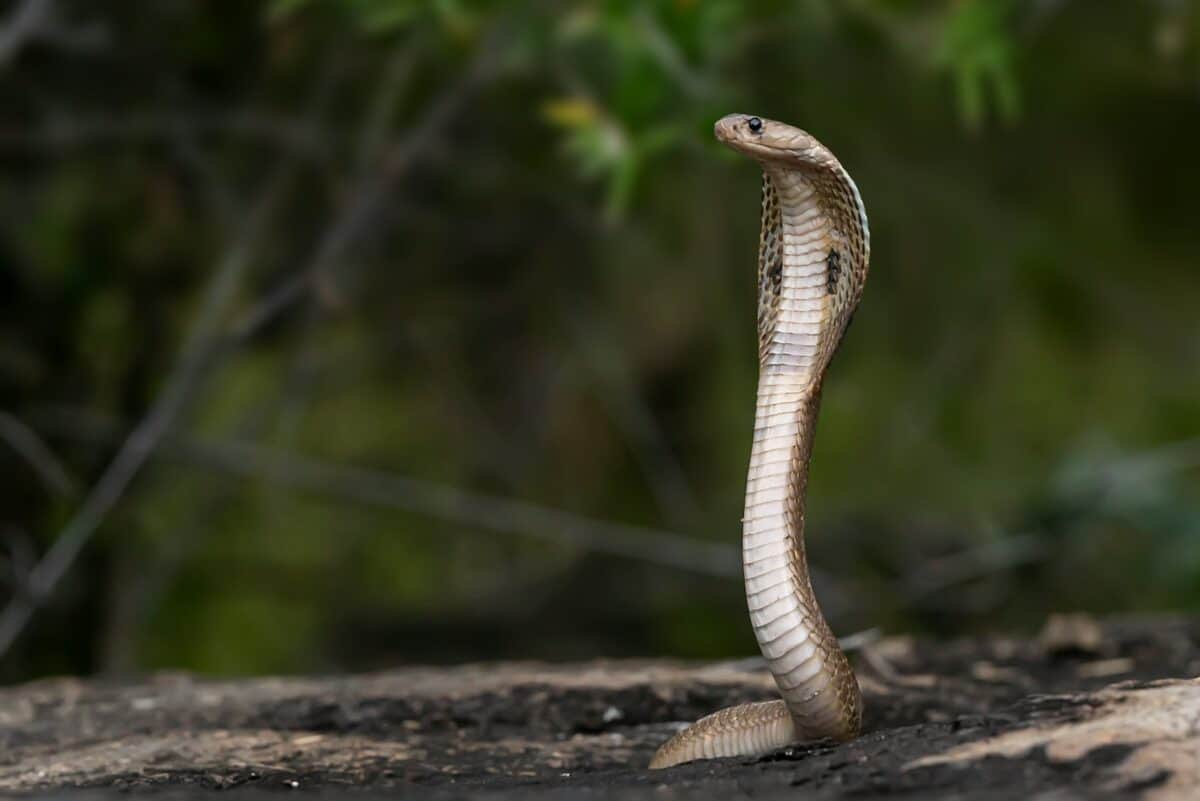
The Indian Cobra is one of the most widely recognized snakes in India, adaptable to both rural and urban areas. As cities expand, these cobras frequently appear in developed areas, benefiting from human-related food resources like rodents.
The adaptability of venomous snakes to changing environments is a testament to their resilience and evolutionary success. As global landscapes continue to shift due to human influence, these snakes demonstrate remarkable flexibility in surviving and often thriving in new conditions. Understanding their adaptations not only offers insights into their ecology but also poses critical conservation challenges and opportunities. As we strive to balance development with ecosystem preservation, these snakes remind us of the complex and interconnected web of life on Earth.
- What It Takes to Care for a Panda in a U.S. Zoo - August 9, 2025
- Why Florida Is a Hotspot for Invasive Reptiles - August 9, 2025
- 10 Dog Breeds That Are Stronger Than They Look - August 9, 2025

